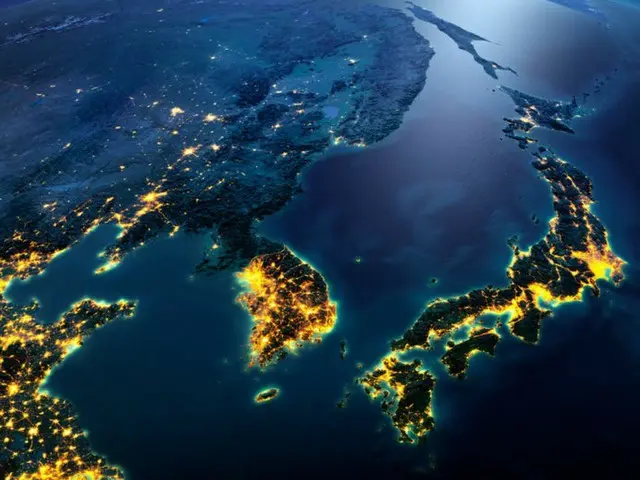It is highly likely that the fish will die out in large quantities, and it is predicted that the prices of fish for sashimi, such as flounder and rockfish, will rise further in the future. In recent years, climate change, such as extreme heat, has become a recurring problem every year.
Therefore, it is important to prepare a budget as well as secure legal grounds for a systematic survey of actual conditions. According to the Korea National Statistical Office, the fresh fish index, which shows the prices of seafood and other products, rose to the previous
This is a 7.6% increase compared to the same month in 2018, the largest increase in two years and five months since February 2023, when it recorded 8.1%. This is in line with the overall price of agricultural, livestock and fishery products (2.1%), as well as the price of raw materials.
This is higher than the rate of increase in the fresh food index (2%). Looking at the price of popular fish species, which are consumed in large quantities, and nori, which is experiencing price increases due to increased exports and continuing pressure on domestic prices, are notable.
Prices for rockfish have risen 13.4% compared to the same period last year, while prices for mackerel (12.6%) and oysters (12.7%) have also recorded double-digit increases. Prices for shrimp (9%), seaweed (8.2%) and dried squid (6.
In particular, if a full-scale heatwave begins, the prices of farmed seafood may also rise sharply.
This is because an increase in supply and demand will lead to instability, and this will all be passed on to consumer prices. In particular, with the summer vacation season approaching and the consumption of live fish sashimi increasing in each production area, the price of farmed fish will rise.
According to the Korea Ocean and Fisheries Development Institute, the price of one kilogram of flounder at the source was 17,500 won (about 1,870 yen) as of the last week of July, up from the same period last year.
The local price of black rockfish (500 grams) was 11,200 won (approximately 1,200 yen), 9.3% higher than the same period last year. The Ministry of Oceans and Fisheries is encouraging early shipments.
The government plans to stabilize supply and demand as much as possible, but the more severe the heatwaves become, the higher the mortality rate of seafood, so it is unclear whether prices will be able to stabilize.
The problem is that this phenomenon has been repeated every year in recent years.
The structural decline in fish stocks has led to the disappearance of squid, mackerel, and other fish from South Korean fishing grounds, and the timing of summer high water temperature warnings is also coming earlier, increasing the possibility of more serious damage.
According to the Korean government's "Third National Climate Crisis Adaptation Strengthening Measures," the amount of investment for climate change adaptation in the agriculture and fisheries sectors is
The total amount of investment is 11.23 trillion won (approximately 1.2 trillion yen). This is about half of the total financial investment, but it will be used for research and development to spread the necessary technology in the field and various training and consulting services.
It is also an essential issue. In particular, it has been pointed out that in the fishing industry, in addition to the "Basic Act on the Development of Fisheries and Fishing Villages," a more specific legal basis for responding to climate change is needed. The National Assembly Budget Office said,
"We need to systematically prepare regulations for fisheries and aquaculture-related laws that will include the impacts of climate change, surveys of actual conditions, and vulnerability assessments," the report said.
Meanwhile, the Ministry of Oceans and Fisheries is also working to prepare a budget to improve the fisheries structure and respond to climate change.
The budget includes the development of a standardized model for aquaculture (500 million won/approximately 53.4 million yen), and subsidies for the automation of existing aquaculture facilities (5.8 billion won/approximately 620 million yen).
The budget also includes a budget for restructuring the fishing industry, such as the addition of 220.6 billion won (approximately 23.6 billion yen). The Ministry of Oceans and Fisheries is expected to further increase its budget in response to climate change.
2025/08/14 07:03 KST
Copyrights(C) Edaily wowkorea.jp 107

